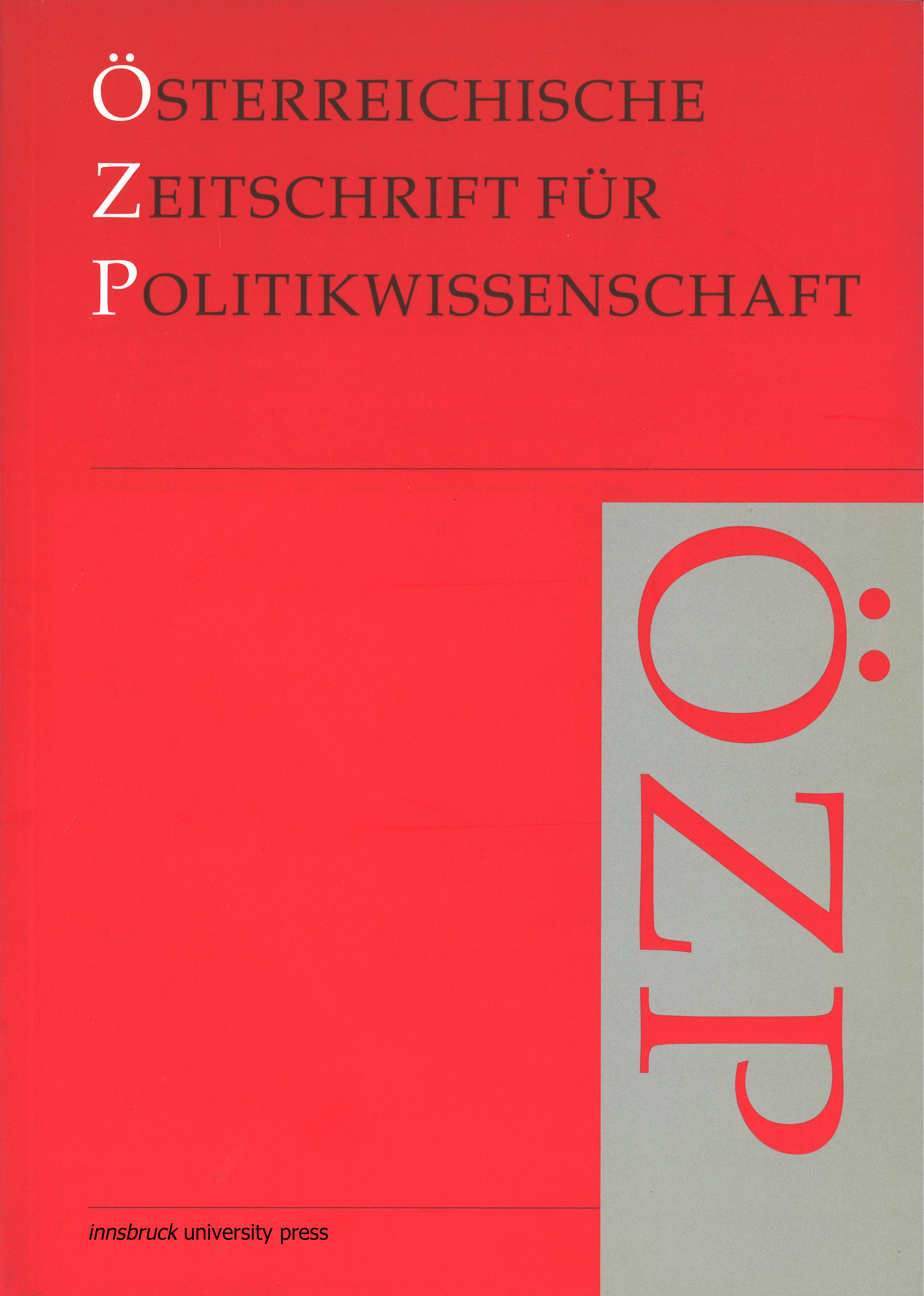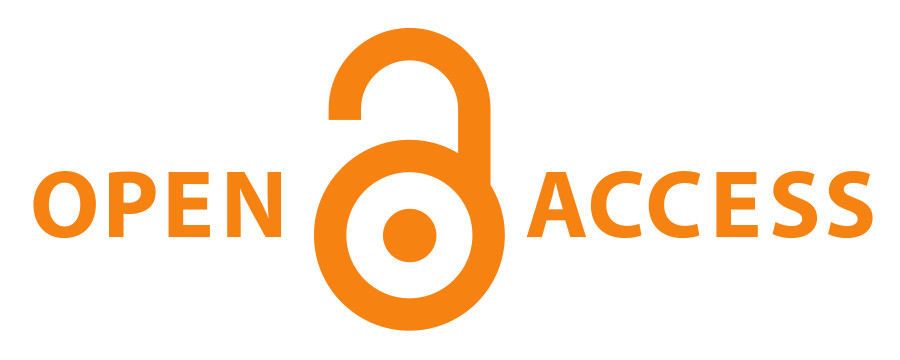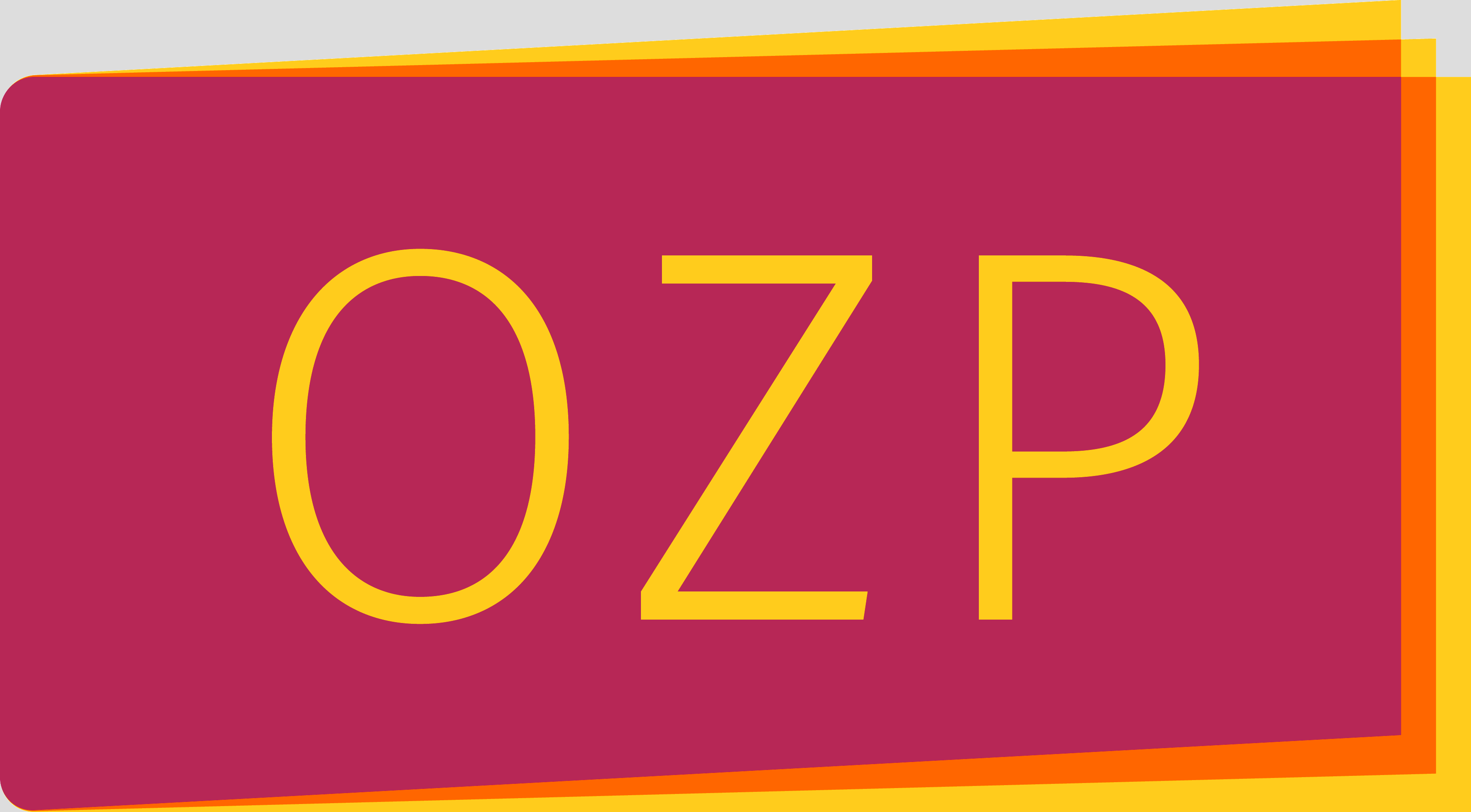Schöne neue Frauenwelten? Feministische Utopien in der Literatur des 20. Jahrhunderts
DOI:
https://doi.org/10.15203/ozp.739.vol29iss1Abstract
Wie verwenden Autorinnen feministische Utopien, um ihre Modelle einer neuen Welt ohne Frauenunterdrückung zu entwerfen bzw. um Modelle einer Gesellschaft mit anderen Formen des Wirtschaftens, der Kindererziehung oder völlig anderen Beziehungen zwischen Frauen und Männern sowie Frauen und Frauen vorzustellen? Dieser Beitrag untersucht einige wichtige Romane dieses Genres und diskutiert u.a. folgende Fragen: Warum lesen wir Utopien, warum sollten wir sie lesen und was macht Utopien zu feministischen Utopien? Als ein Ergebnis kann festgehalten werden, dass uns feministische Utopien als eine Form fiktionaler Texte ganz spezielle Verbindungen zwischen dem Gegenwärtigen und dem Zukünftigen vorführen; sie regen unsere Vorstellungskraft an, das heute noch nicht Mögliche zu denken und unser politisches Handeln auch darauf auszurichten; sie ermutigen uns letztlich, uns aus der Sackgasse politischer Resignation herauszubewegen und als politisch(-feministisch) Handelnde nicht länger Selbstbegrenzung zu üben, was gerade zur Zeit ein Charakteristikum frauenpolitischer Forderungen zu sein scheint.Downloads
Ausgabe
Rubrik
Lizenz
The OZP is the authorized publication of the Österreichische Gesellschaft für Politikwissenschaft (ÖGPW, Austrian Political Science Association)
The author of an article (in case of multiple authors: the corresponding author, responsible for releasing this material on behalf of any and all co-authors) accepted to be published in the OZP hereby acknowledges the following Copyright Notice:
- The author retains the copyright to the article.
- It is the responsibility of the author, not of the OZP, to obtain permission to use any previously published and/or copyrighted material.
- Publication of a submitted text is dependent on positive results from the peer reviewing. In such a case, the OZP editors have the right to publish the text.
- In case of publication, the article will be assigned a DOI (digital object identifier) number.
- The author agrees to abide by an open access Creative Commons Attribution (CC BY-SA) license. The license permits any user to download, print out, extract, reuse, archive, and distribute the article under the same license, as long as appropriate credit is given to the author and source.
- The license ensures that the author’s article will be available as widely as possible and that the article can be included in any scientific archive. In order to facilitate distribution, the author agrees that the article, once published, will be submitted to various abstracting, indexing and archiving services as selected by the OZP.
- In addition, the author is encouraged to self-archive the article, once published, with reference to the place of the first publication.
- After the contribution appears in the OZP, it is still possible to publish it elsewhere with reference to the place of the first publication.
- The finished article, if published, will include a correspondence address (both postal and email) of the author.
- If written under the auspices of a grant from one or more funding agencies, such as FWF (Austrian Science Fund), ERC (European Research Council), and Horizon 2020 (EU Framework Programme), an article accepted for publication has to be deposited in an Open Access archive. The OZP’s archiving policy is compliant with these provisions. (In case the article derives on funding from a different source, the author is responsible to check compliance of provisions.)




